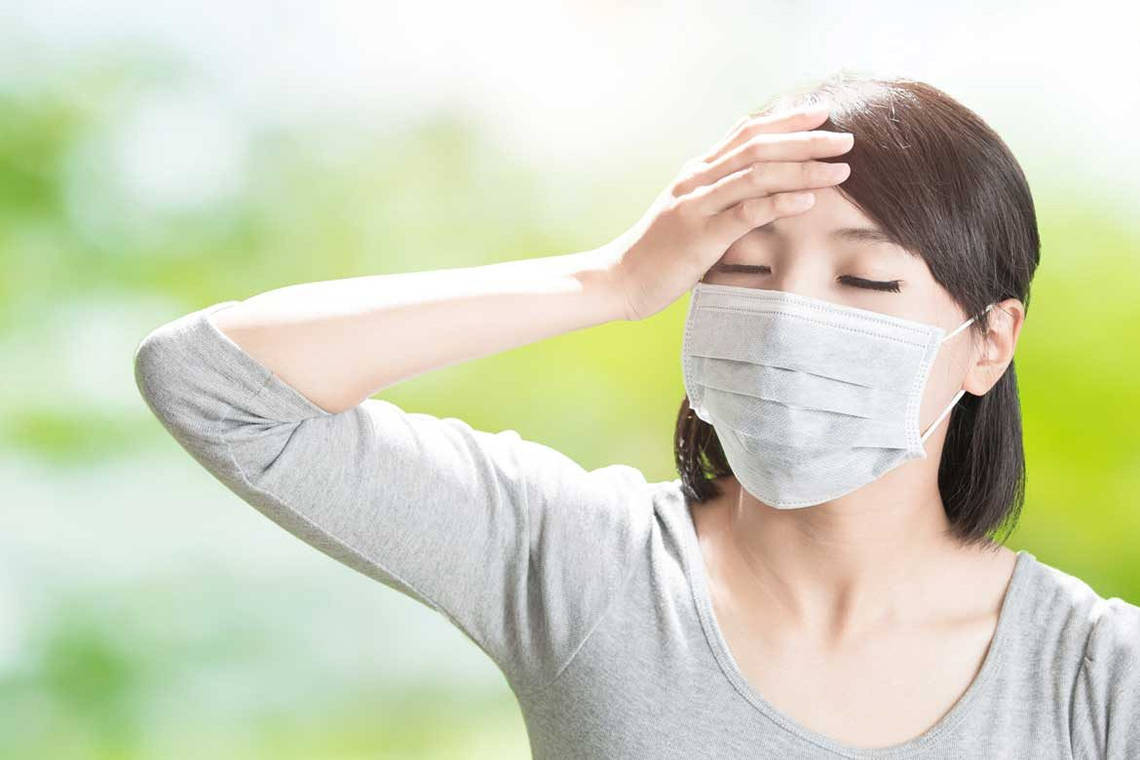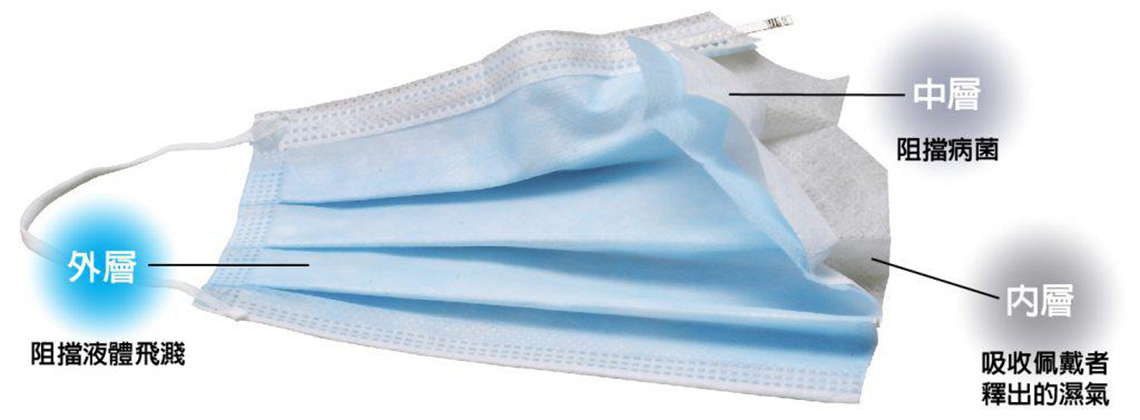
Many people wear a mask to minimize the risks of contracting or spreading respiratory tract infections and other diseases. Is it, however, 100% bulletproof? In addition to common hygiene best practices, please learn from the four common mistakes below to maximize your protection.
4 Common mistakes of wearing mask
Mistake 1: Wearing the mask inside out or upside down.
The following tips should help you wear your mask the right way:
- Colour: the coloured side faces out
- Nosepiece: the nosepiece can be seen clearly from outside
- Pleats: Points down for most mask designs
The core functions of different layer of a typical Surgical Mask
- Outer layer: Filters splashes and droplets
- Middle layer: Filters virus and bacteria
- Inner layer: Blocks moisture from the mask wearer

Pleats on masks helps provide a better fit to the face, and the mask will not fully cover your nose and mouth if worn inside out. Not only will it fail to properly protect you from droplets, but it will also be less comfortable.

Mistakes 2: The mask doesn’t fit the face properly
A mask will not offer proper protection from droplets if it fails to fully cover your face. Gaps between the masks and the face from the side and around the nose are common mistakes. You can minimize the gaps by choosing a mask that fits. Choose the right sized masks and look for kids and children version if applicable.
Remember to gently shape the nosepiece and extend the masks gently cover your chin to create a better fit and maximum protection.


There are gaps between the mask and the face from the sides.

For maximum protection, wear the mask in the right way. The mask should fit to your face without any gaps.
Mistakes 3: Reusing face masks.
- Soiled surgical masks are full of bacteria and virus, and touching and reusing them could pose significant risks.
- Replace your mask immediately if it is soiled or damaged.
- Don’t stow your mask in your pocket.

Mistakes 4: Failing to wash your hands before wearing or taking off a masks
- Our hands are full of germs, bacteria, and virus. Wash your hands thoroughly before touching and wearing your mask.
- Avoid touching the outer layer of the masks as it could be contaminated.
- Avoid touching your mask while wearing it.
- Wash your hands thoroughly after disposing your mask.


